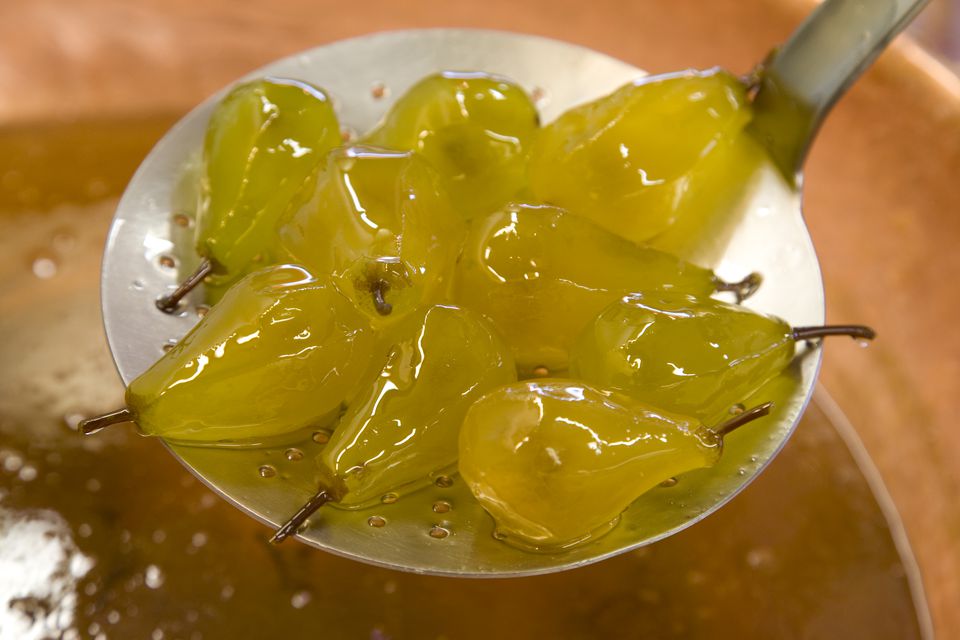Food Grade Paraffin Wax
Food Grade Paraffin Wax
Paraffin wax, classified as a chemical preservative, makes fruits, vegetables, and candy look shiny and retards moisture loss and spoilage. You might see it as a wrapper on hard cheeses for sale at the grocery store, or find it in gift jars of home-canned jams and jellies, though the U.S. Department of Agriculture recommends against the use of paraffin as a sealant. Food grade paraffin wax, composed of vegetable oils, palm oil derivatives, and synthetic resins plus other materials, passes through the body undigested and contains no nutritional value.
Some paraffin, such as the scented variety sold for candle-making and beauty treatments, should never be ingested, so check labels carefully.
FDA approve food grade specialty wax coatings utilized on the outer surface of fruits & vegetables and roots of various produce items. The wax is applied in a thin coating to protect the outer surface and roots to preserve freshness. These specialty formulations impart a flexible, pliable coating unlike paraffin, which is hard and brittle. The outer surface and roots of such produce are cut and peeled or cleaned prior to cooking or eating.
Paraffin Wax in Foodstuffs
Adding paraffin wax to melted chocolate gives it a glossy finish when it hardens. It also helps the chocolate remain solid at room temperature. Paraffin appears as an additive in some brands of candy bars to keep them from melting in hand and as a main ingredient in chocolate coatings such as those found on ice cream or chocolate-dipped cookies. Recipes for treats popular during the holiday season might call for paraffin wax, such as chocolate and candy cane-covered pretzels or bite-sized chocolate balls. Paraffin is flammable, so if you use it at home, warm it gently in a double-boiler or microwave it only to the point where it starts to melt.
Paraffin wax sprayed on fruits and vegetables adds shine to make them more appealing and helps extend the shelf life by retaining moisture.
Some fruits such as apples produce a natural wax, which can easily be washed away with water and gentle rubbing. Additional synthetic wax sometimes augments the natural coating, and it can be more difficult to remove. Generally, a quick soak in vinegar or lemon juice-enhanced water makes it easier to wipe the wax away.
Organic fruit producers cannot use petroleum-based wax on their product, though they can use some forms of naturally derived wax such as carnauba and stay compliant with the organic designation.
Paraffin may also coat cured sausage links to give them luster. The novelty candy shaped as wax lips or mustaches or miniature soda bottles filled with flavored liquid contains paraffin wax as well. And culinary wax paper contains a coating of paraffin wax to make it water-resistant and non-stick, useful for keeping food fresh when you store it in the refrigerator.
Sales of Paraffin Wax
You can find food grade paraffin wax, also called baker’s wax or canning wax, in the canning supplies section of most grocery stores. You can generally purchase it in blocks, in liquid form, or as easy-to-measure beads. RAHA paraffin company can supply any grade of paraffin wax in any form such as Normal Paraffin, Paraffin Oil, Vaseline and etc.
Some people, notably those allergic to aspirin, may be sensitive to food-grade waxes, depending on their ingredients, and should approach the use of them carefully.


